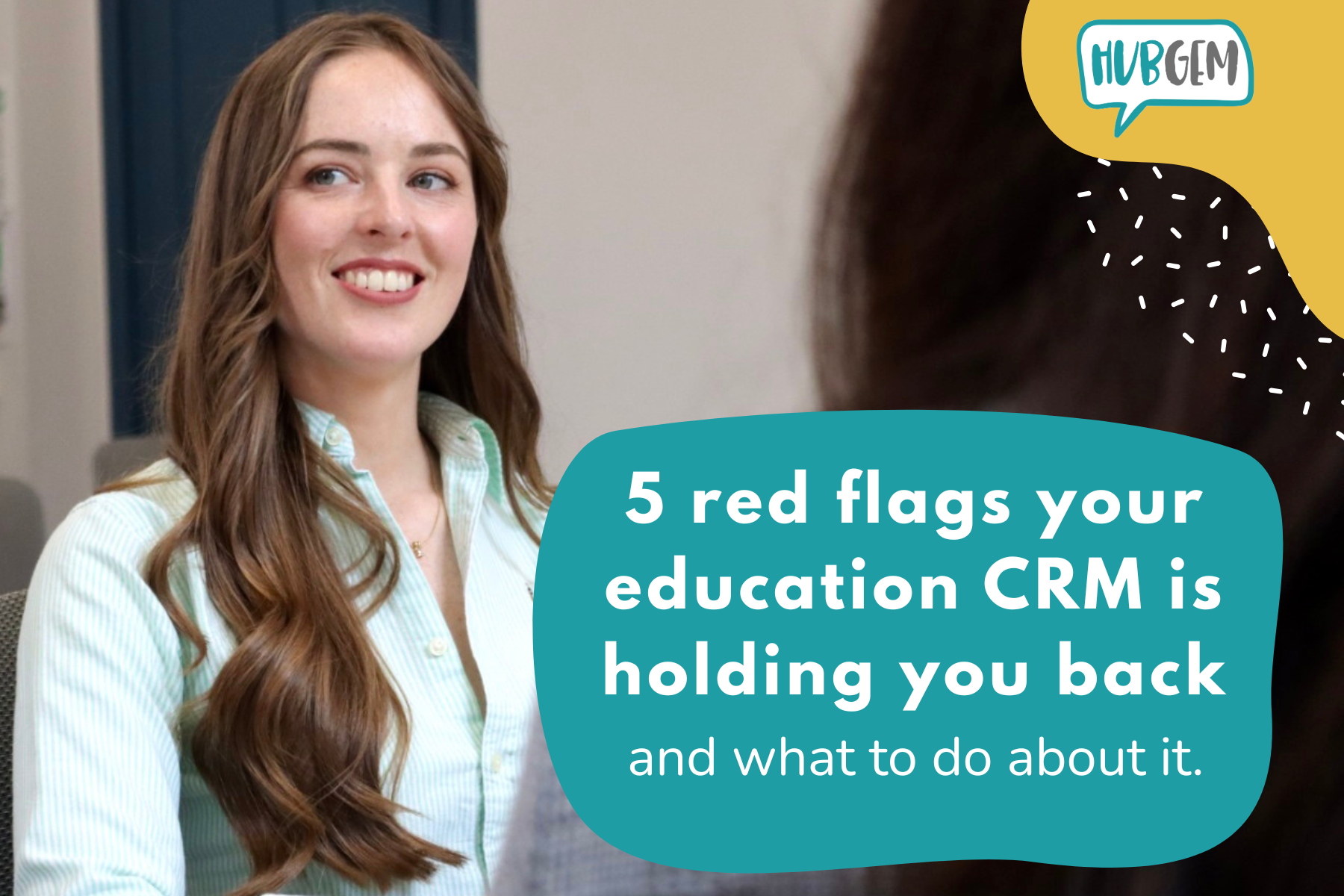Schools and colleges are bursting with heartwarming and inspiring stories, but whether or not they make an impact all comes down to how they are delivered.
So what makes a good email newsletter and what needs to be avoided? These email newsletter tips will give you a good idea of what not to do...
Here are 10 things to avoid in your email newsletters:
1) Boring Subject Lines
The subject line is your opportunity to get readers on the hook, avoid 'Spring Newsletter' or similar uninspiring titles. Think of how you are providing value to your readers and let them know about it!
If you are going to talk about a specific topic in your newsletter, try adding a teaser to your subject line: 'Hey Gemma, here's our Spring Newsletter: Music Edition', or 'Feeling festive, Gemma? Here's some Friday cheer from XYZ School'.
Aim for specific, exciting and personalised.
2) Too many topics
Your newsletter is going to have lots of exciting stories but try to make sure you stick to a theme. If you include too many topics and links, you are likely to confuse your readers.
Consider sending out multiple different newsletters, one per school or college department. Keeping it relevant is key to keeping the attention of your readers.
If you have prospects and current students/parents that are really interested in Sport but not at all interested in the Arts, then make sure they only get what they are interested in.
3) Too many goals
Take some time to consider what your goal is, are you trying to increase subscribers to your blog? Get more alumni donations or get more visits to your upcoming open event? Choose a goal and stick with it.
By having one clear goal, you can increase conversion rates and avoid confusing readers who are overwhelmed with calls-to-action.
4) Too many audiences
People unsubscribe from emails that are not relevant to them, yet frequently organisations send the same content to everyone. Segment your email list and focus your efforts.
You could have an email list for each of your key marketing personas, or perhaps by subject of interest of entry point. Try having a different newsletter for each audience to avoid unsubscribes.
Stick to one topic, one goal and one audience.
5) Too many CTAs
An email newsletter, by its very nature, features lots of different content. Avoid chaos and turning your readers off by reducing your number of links and calls-to-action.
Before adding any link or CTA, consider why someone should click it, if it is important or helps reach your goal, and whether or not it conflicts with other 'priority' CTAs.
6) Too much self promotion
A newsletter should be mostly educational and only about 10% promotional. If you find your school or college is doing more 'selling' than 'teaching' then it could be time to re-evaluate your email approach.
An inbound marketing strategy encourages content that is helpful, educational, entertaining and relevant. This is not just an opportunity to shout about your brand, this is a good chance to establish trust with your audience and provide value.
7) Not enough news
Check if your content is 'newsworthy' by reading through and checking with 'why should my reader care about this?' Is this timely and relevant to your audience?
Genuine updates that impact your readers are key, and so are the more general news stories, but only if they are of interest directly to your readers.
8) Dull imagery
Images are really important in any email newsletter. Genuine images from your school and college are best at capturing real life, but there is also a place for stock images when used correctly.
Think of your audience again - what images will resonate with them? Choose the images in the same way you choose other content, make sure it is relevant and personal.
9) Too serious
Have some fun with your newsletter, drop in a meme or two, perhaps a punchy headline or anecdote from the Head.
See how your audience reacts and learn then improve, you can also use A/B testing to see which tone of voice has the biggest impact.
10) Too long
An email newsletter is usually longer than other branded emails, but it shouldn't be an endless stream of text. Give links to further reading and provide calls to action to guide people to where they can find out more, or do something.
Drive as many people back to your website as possible by being concise and giving your readers a reason to want more.
What next?
The key to making any changes to your marketing efforts - including email newsletters - is first to research, then review and improve. Make small changes and see how your readers react.
Ready to try inbound marketing?
Download our inbound marketing campaign checklist for education.
.png?width=150&height=101&name=HUBGEM%20Logo%20-%20smaller%20logo%20(1000%20x%20673).png)



.png)

%20-%20AEO.png)

%20-%20BreezeContent%20agentstudio.png)